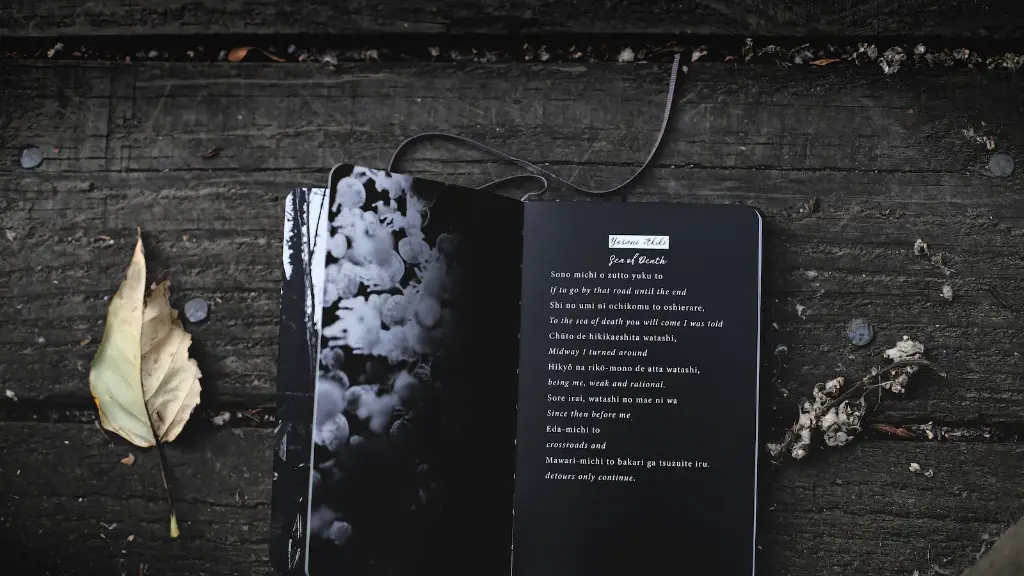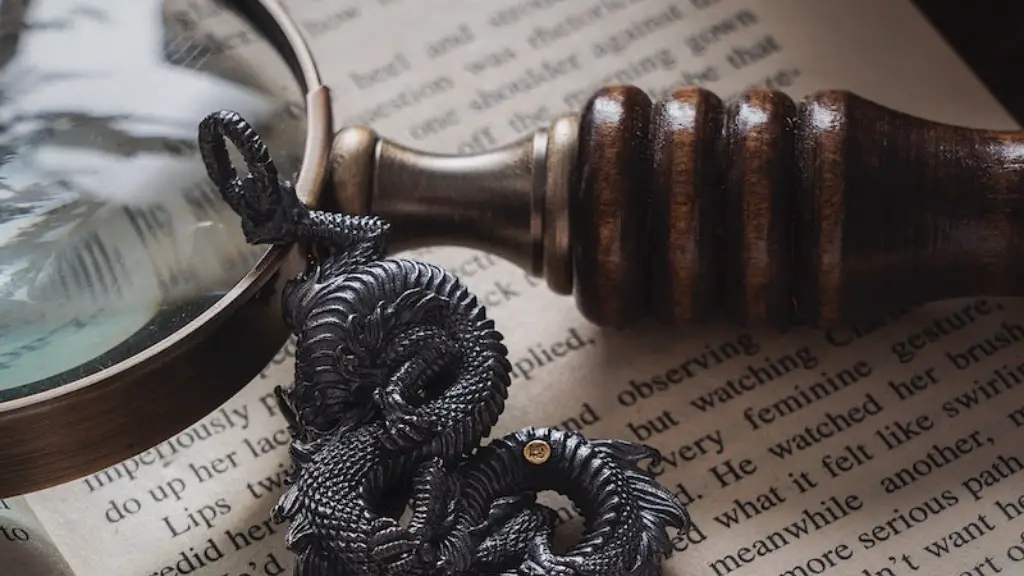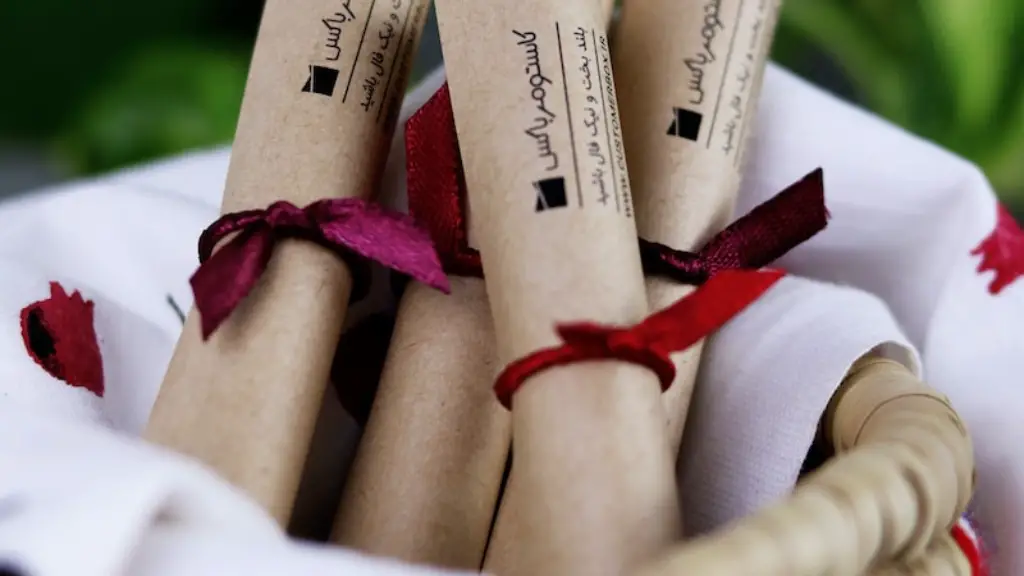A plot in poetry is what gives a poem its structure. It is the sequence of events, ideas, and images that make up the structure of the poem. The plot is the backbone of what makes a poem memorable and engaging. In many ways, a poem’s plot is similar to that of a short story. It has a beginning, a middle, and an end. It has a series of events or ideas that move the reader along a narrative journey. The main difference between a poem and a short story is that a poem often uses language and images that evoke emotion and the feelings of the reader, while a short story usually has more of a narrative structure.
When looking at a poem, it is important to consider the different elements that make up its plot. One element is the way the poem is written. This means not only the words used, but also the way they are arranged on the page. Poems often have a certain form, such as a sonnet or lyric poem, that contributes to how the plot of the poem is delivered. Additionally, the tone and mood of the poem can impact the plot. A poem can be serious in tone, or light and humorous in tone. No matter the tone, the plot should be influenced by the emotion and feeling of the poem.
Plot is also created by the rhyme and rhythm of the poem. Rhyme and rhythm can add texture and meaning to a poem and can help to keep the reader engaged throughout the poem. For example, a poem may contain words that rhyme or it might follow a particular rhythm. This can create a steady flow that keeps the reader’s interest and makes them want to jump to the next line. Additionally, certain words may have specific connotations or meanings that can influence the plot of a poem. For example, the word “dark” has a certain connotation that can add to the plot of the poem.
The plot of a poem can also be affected by the symbols and images used in the poem. Symbols and images are often used in poetry to convey a certain message or emotion. These symbols and images can create a storyline that the reader will be able to follow along in the poem. Symbols and images also have the power to conjure up certain feelings and ideas in the reader, allowing them to be emotionally invested in the plot of the poem.
The end or “resolution” of a poem’s plot can be influenced by the structure and style of the poem. Generally, a poem’s plot will come to a conclusion by the end of the poem. This conclusion or “resolution” can be a simple statement or image that expresses the theme or message of the poem. Additionally, the plot of a poem can be “resolved” by the way the poem is ended. For example, some poems may end with a particular phrase or image that ties together the themes or ideas of the poem.
How Writing Affects Plot in Poetry
The way a poem is written can heavily influence the plot of the poem. For example, a poem written in free verse might suggest an idea or image that is continued throughout the poem, while a sonnet might have a more traditional structure with an introduction, a contrast, a resolution and an ending. Additionally, the words chosen to create the plot of the poem can be used to evoke certain feelings and emotions. These words can influence the plot of the poem and give the reader a deeper understanding of the poem and its messages.
How Poetic Devices Affect Plot in Poetry
Different types of poetic devices can be used to help create and shape a poem’s plot. The most commonly used poetic devices are alliteration and rhyme. Alliteration is when words with the same beginning sound are used in close proximity to each other. This can create a certain effect that influences the plot of the poem. Rhyme is when words with the same sound are paired together. This can contribute to the overall theme of the poem and can help to create a satisfying end to the plot.
Symbolism, imagery, and personification can also affect the plot of a poem. Symbolism is when a symbol is used to represent a certain idea or emotion. Images are vivid descriptions used to evoke certain feelings and to suggest meaning. Personification is when an inanimate object is given human characteristics. All of these devices can help bring out the meaning and emotion of the poem and contribute to the overall plot.
Why Plot is Important in Poetry
The plot of a poem is what makes it memorable and engaging. Poems have a unique way of conveying feelings and messages that can touch readers on a deeper level. Through the use of poetic devices, imagery, and symbolism, the plot of a poem can have a lasting effect on readers. Additionally, the plot of a poem can be shaped and influenced by the writer’s choice of words and the way they are arranged.
The plot of a poem can also be used to express different ideas and emotions. The plot of a poem can be used to explore and discuss topics that are important to the writer. This could be anything from love to politics. The plot of a poem can help bring out different ideas and feelings that can be shared with readers and can connect to the reader on a deeper level.
How to Incorporate Plot in Poetry
When writing a poem, it is important to consider how to create and maintain a strong plot. The first step is to focus on the emotions and feelings that the poem is attempting to convey. This will help determine the words, symbols, and images that will be used. Additionally, focusing on rhyme and rhythm will help create a certain flow to the poem and keep the reader’s attention.
The plot of the poem should be shaped in a way that will keep the reader engaged. For example, the poem may begin by introducing a certain idea that is then expanded upon in the rest of the poem. Additionally, the writer should consider how the plot of the poem will be concluded. Some poems may have a simple ending that ties together the themes of the poem, while others may have an extended resolution that builds to an emotionally satisfying end.
Examples of Plot in Poetry
Examples of poems with interesting plots can be found throughout literature. One example is William Wordsworth’s “I Wandered Lonely as a Cloud”. In this poem, the narrator begins by describing a lonely walk he takes in nature. As the poem progresses, he finds himself in a “host of golden daffodils” that have a profound effect on him. This poem follows a certain plot and brings the reader on an emotional journey. It begins by introducing a certain emotion and ends with a resolution that leaves the reader feeling uplifted and inspired.
Another example of an interesting plot in poetry is W. H. Auden’s “Funeral Blues”. In this poem, the narrator is mourning for a loved one who has passed away. The poem follows the narrator’s journey from grief to acceptance as he comes to terms with his loss. This poem follows a strong plot from beginning to end and speaks to the reader in an emotional and powerful way.
What Do Plot in Poetry Teach Us?
The use of plot in poetry teaches us the power of language and imagery. It shows us how words and images can evoke emotion and create a captivating story. It also teaches us the importance of conveying ideas in a creative and engaging way. Plot in poetry can help to keep readers engaged and can leave them feeling inspired and moved.
Plot in poetry can also be used to express emotions and ideas that cannot easily be put into words. Through the use of symbols, imagery, and poetic devices, a poem can tell a meaningful story that connects to readers on a deeper level. It can be used to explore and discuss topics that are important to the writer.
How to Appreciate Plot in Poetry
The best way to appreciate plot in poetry is to read it. Reading poetry from a variety of poets will help you to understand how poetry can be used to evoke emotion and to convey meaning. Additionally, analyzing different poems for their structure and plot will help to understand how different poetic devices and imagery can be used to create engaging stories.
Another way to appreciate plot in poetry is to write your own. This will help you to understand and appreciate the power of language and imagery. Writing your own poems will help you to develop an understanding of how to convey your message in a creative and powerful way.
Conclusion
Plot in poetry is what gives a poem its structure and helps to convey emotion and meaning. It is created by the sequence of events, ideas, and images in the poem. The way a poem is written and the words used can heavily influence its plot. Poems can also use symbolic and imagery to contribute to the plot of the poem. Plot in poetry is an important element that helps to keep the reader engaged and emotionally invested in the poem. By reading and writing poetry, it is possible to appreciate and understand the power of plot in poetry.




